Keeping your truck in top shape doesn’t have to be complicated or time-consuming. With regular maintenance, you can prevent major issues and ensure your rig runs smoothly for the long haul. From checking fluids to rotating tires, these simple tips will help you stay on top of your truck’s upkeep and avoid costly repairs. Here are 17 quick maintenance tips that every truck owner should follow.
Contents
Regular Oil Changes
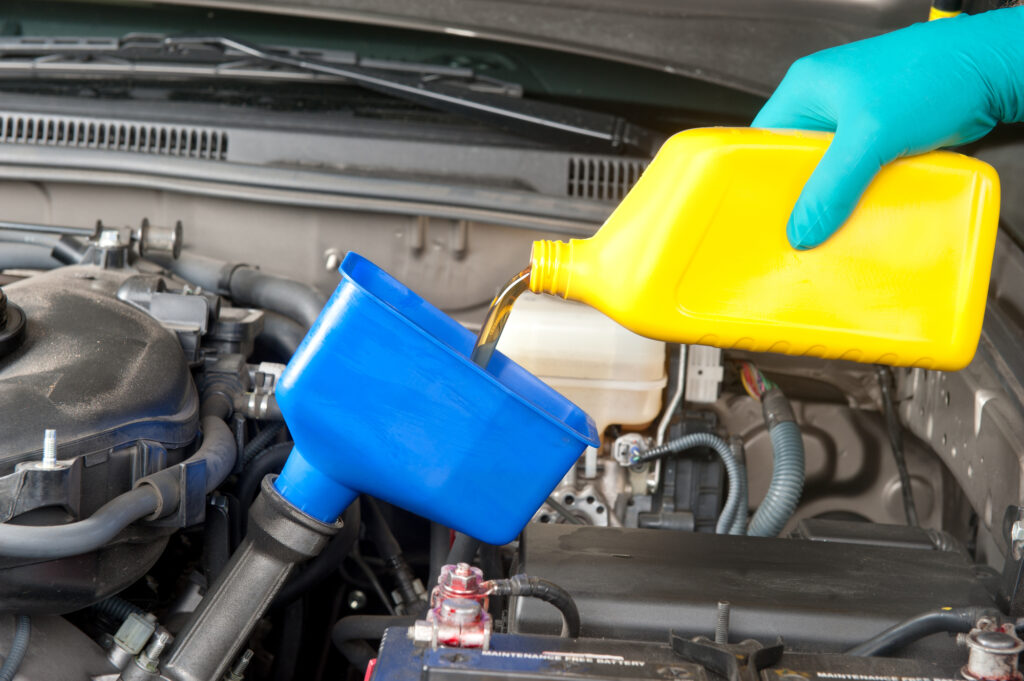
Frequent oil changes are essential for keeping your truck’s engine in peak condition. Fresh oil lubricates the engine’s moving parts, reducing friction and preventing wear. Over time, oil becomes contaminated with dirt and debris, which can lead to serious engine damage. For optimal performance, most experts recommend changing the oil every 7,500 to 10,000 miles, depending on driving conditions.
Check Tire Pressure
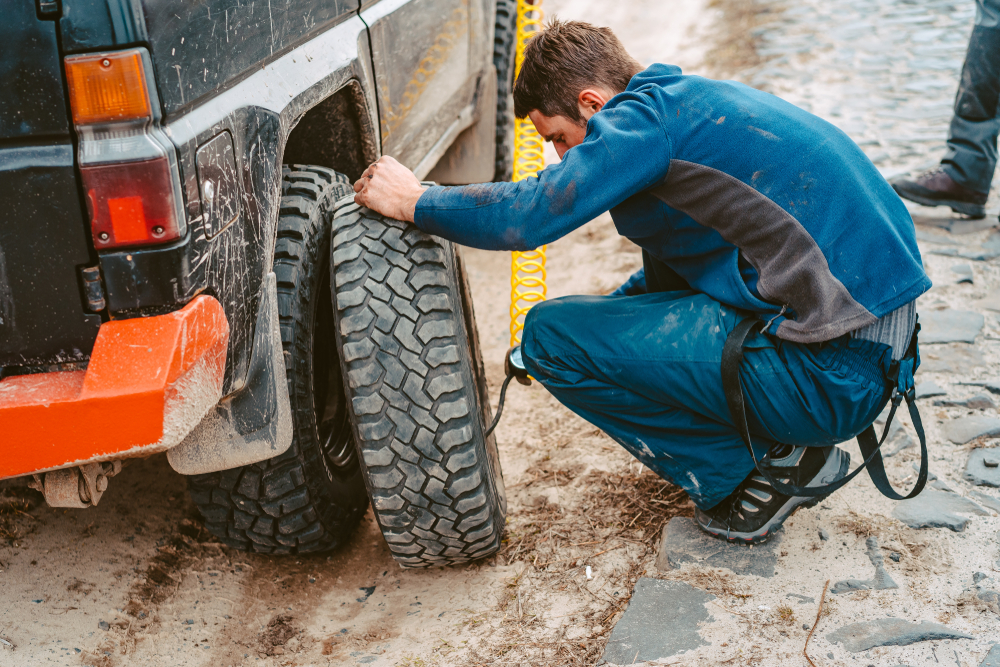
Maintaining the correct tire pressure improves fuel efficiency and extends the lifespan of your tires. Under-inflated tires create excess friction, which can wear them down faster and reduce gas mileage. Conversely, over-inflated tires increase the risk of blowouts and reduce traction. Regularly checking your tire pressure, especially before long trips, ensures safer driving and better fuel economy.
Inspect Brake Pads
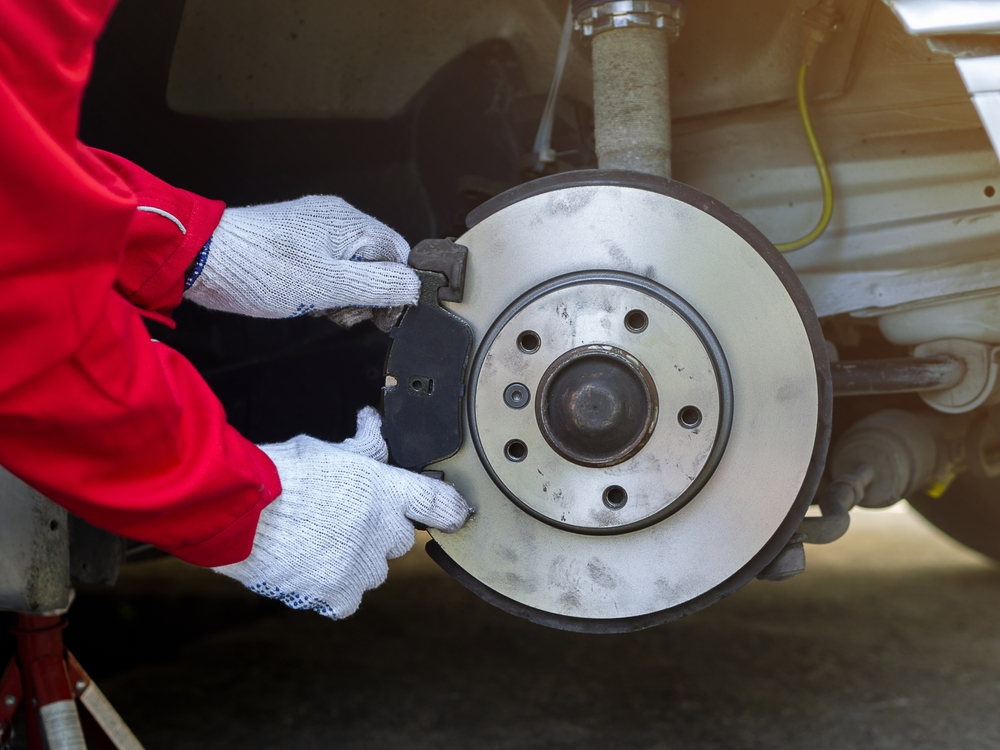
Your truck’s brake pads are vital for ensuring safe stopping distances. Over time, these pads wear down, which can increase stopping time and lead to dangerous situations. If you hear squealing or grinding, it’s a clear sign that the pads need to be replaced. Regular inspections prevent damage to the rotors, saving you from costly repairs later on.
Keep Fluids Topped Off
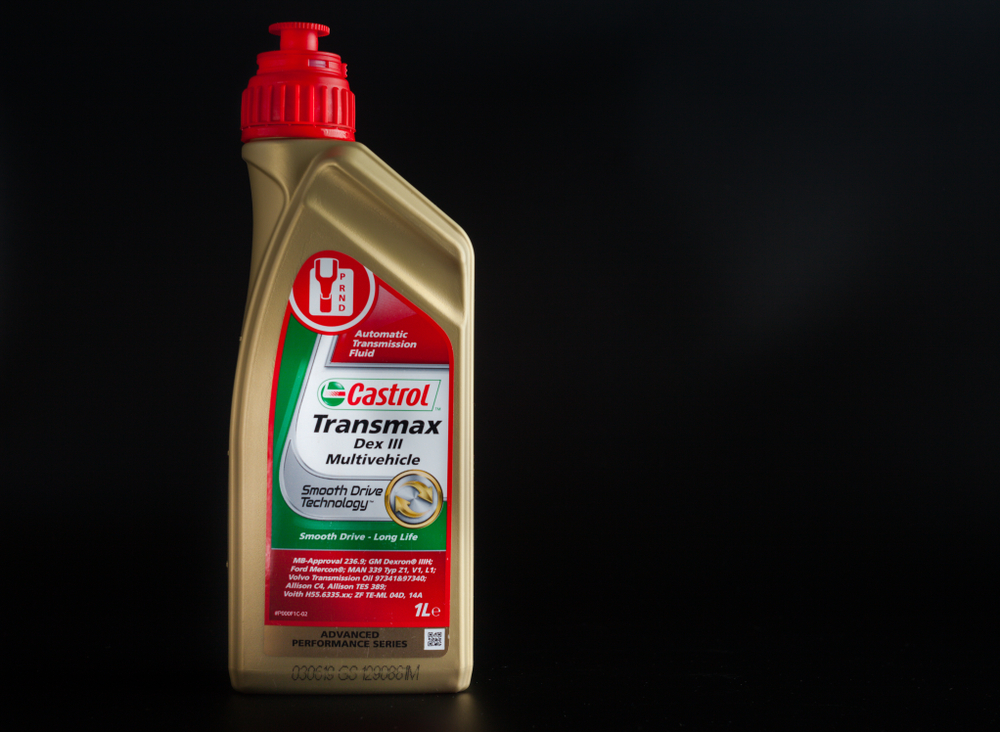
Fluids like coolant, transmission fluid, and power steering fluid are critical to your truck’s overall performance. Low levels can lead to overheating, poor handling, or even system failure. Regularly checking and refilling these fluids keeps your truck running smoothly. Be sure to use the fluids specified by your truck’s manufacturer for the best results.
Rotate Your Tires
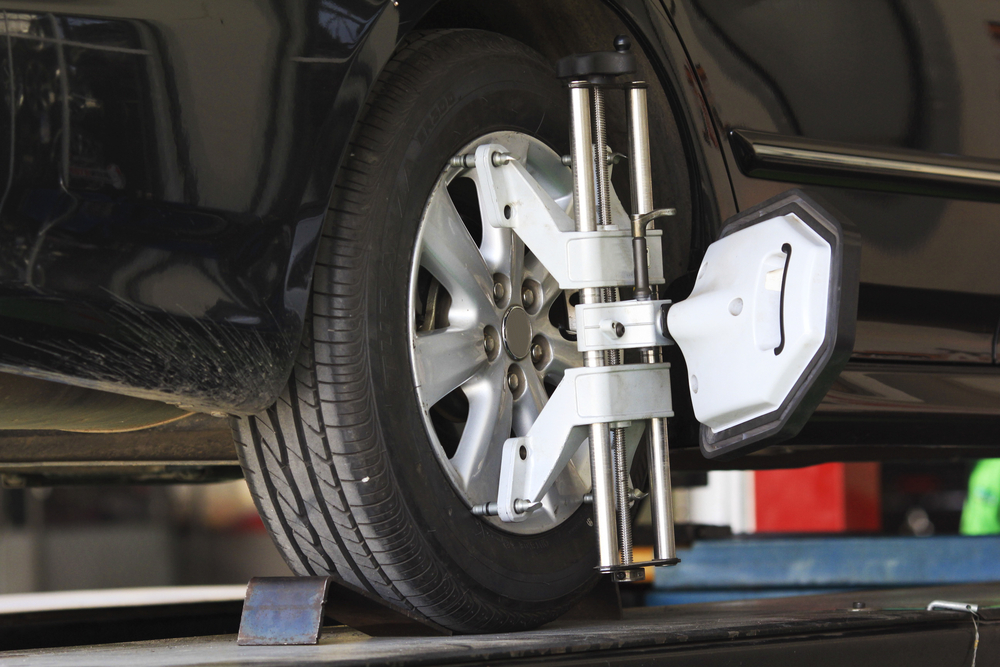
Rotating your tires helps distribute wear evenly across all four wheels, prolonging their lifespan. Front tires typically wear faster due to the weight of the engine and steering forces. By rotating them every 6,000 to 8,000 miles, you ensure more balanced wear, improving handling and extending tire life. Plus, even tire wear can enhance fuel efficiency and reduce road noise.
Change Air Filters

A clean air filter allows your truck’s engine to breathe, improving fuel efficiency and overall performance. Over time, dirt and debris clog the filter, restricting airflow and forcing the engine to work harder. Replacing the air filter every 15,000 to 30,000 miles can boost engine performance and increase fuel economy. This small maintenance step keeps your engine in top condition.
Inspect Belts and Hoses

Belts and hoses are often overlooked but play an essential role in your truck’s performance. Cracked or worn belts can lead to engine overheating, while damaged hoses may cause leaks in critical systems. Regular inspections help identify wear before they cause major problems. Timely replacement of these components is key to avoiding costly repairs down the road.
Check the Alignment

A proper wheel alignment ensures your truck handles well and drives straight. Misaligned wheels cause uneven tire wear and can make your truck pull to one side, which is unsafe and leads to costly tire replacements. An annual alignment check, or whenever you notice pulling, improves your vehicle’s overall safety and prolongs tire life.
Replace Windshield Wipers

Clear visibility is crucial for safe driving, especially in adverse weather conditions. Windshield wipers should be replaced every six months to a year, depending on how often you use them. Worn-out wipers can leave streaks on the windshield, reducing visibility and increasing the risk of accidents. It’s a simple but effective way to stay safe on the road.
Clean the Undercarriage
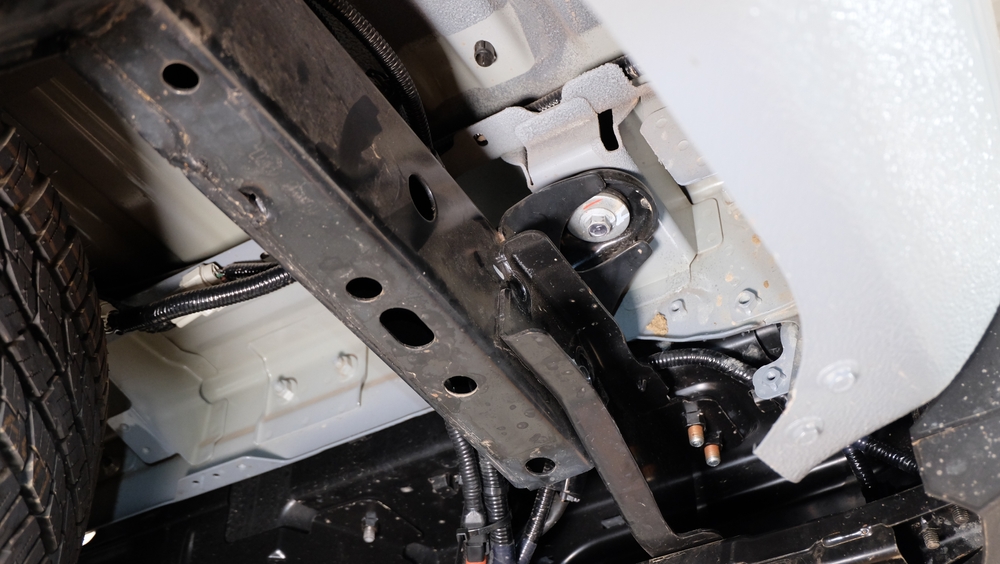
The undercarriage of your truck is often exposed to road salt, mud, and debris, which can lead to rust and damage over time. Regular cleaning, particularly after winter, helps prevent corrosion and keeps the frame in good shape. A clean undercarriage also makes it easier to spot leaks or damage, ensuring longer-lasting durability.
Lubricate Moving Parts

Hinges, locks, and joints need proper lubrication to function smoothly and prevent rust. Without lubrication, moving parts can become stiff and lead to expensive repairs. Regularly applying a high-quality lubricant reduces friction and prolongs the life of these components. It’s a small investment that saves you from future headaches.
Maintain the Exhaust System
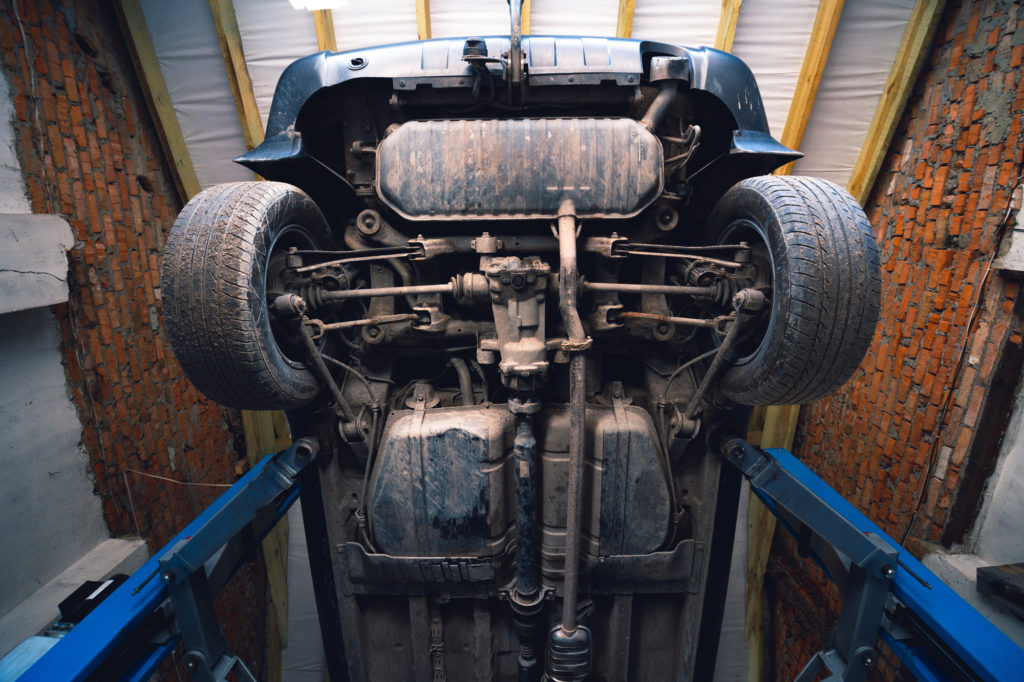
A well-functioning exhaust system reduces harmful emissions and improves fuel efficiency. Over time, rust, holes, or loose connections can develop, leading to leaks or reduced engine performance. Inspect the exhaust system regularly for signs of wear and replace any damaged components. A properly maintained exhaust keeps your truck running cleaner and more efficiently.
Inspect Suspension Components
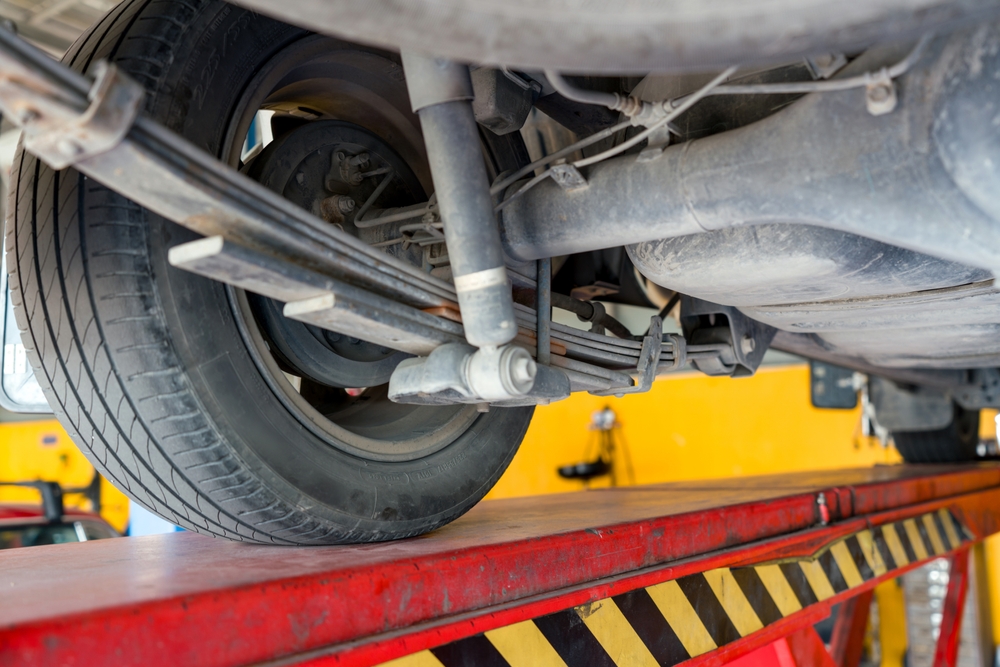
The suspension system is key to a smooth and controlled ride, especially when hauling heavy loads. Worn shocks, struts, or bushings can make the ride rough and reduce handling. Regularly inspecting these components ensures your truck remains stable and safe on the road. Replacing worn suspension parts also prevents wear on other systems, such as the tires.
Keep Your Truck Clean

Regular cleaning doesn’t just keep your truck looking good; it also protects the paint and body from rust and corrosion. Washing and waxing the exterior creates a protective barrier against dirt, salt, and UV rays. Keeping the interior clean also reduces wear on seats and controls, preserving your truck’s resale value over time.
Replace Cabin Air Filters
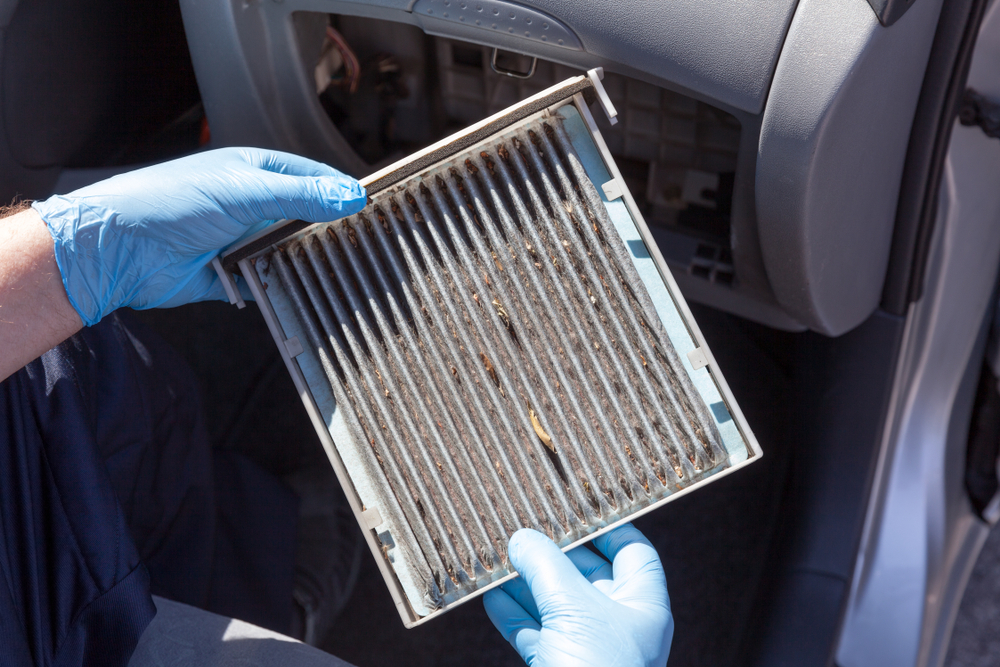
A clean cabin air filter improves the air quality inside your truck, reducing allergens and dust. When the filter gets clogged, it can reduce airflow and make your air conditioning system work harder. Replacing the cabin air filter every 12,000 to 15,000 miles keeps your truck’s ventilation system running efficiently. It’s an easy and inexpensive way to improve comfort.
Check Engine Light

The check engine light shouldn’t be ignored, as it indicates a problem with your truck’s systems. Whether it’s a minor issue like a loose gas cap or something more serious like an engine misfire, addressing the light promptly prevents larger issues down the road. Using an OBD-II scanner can quickly identify the problem, allowing you to resolve it before it escalates.
Keep an Eye on Your Fuel System
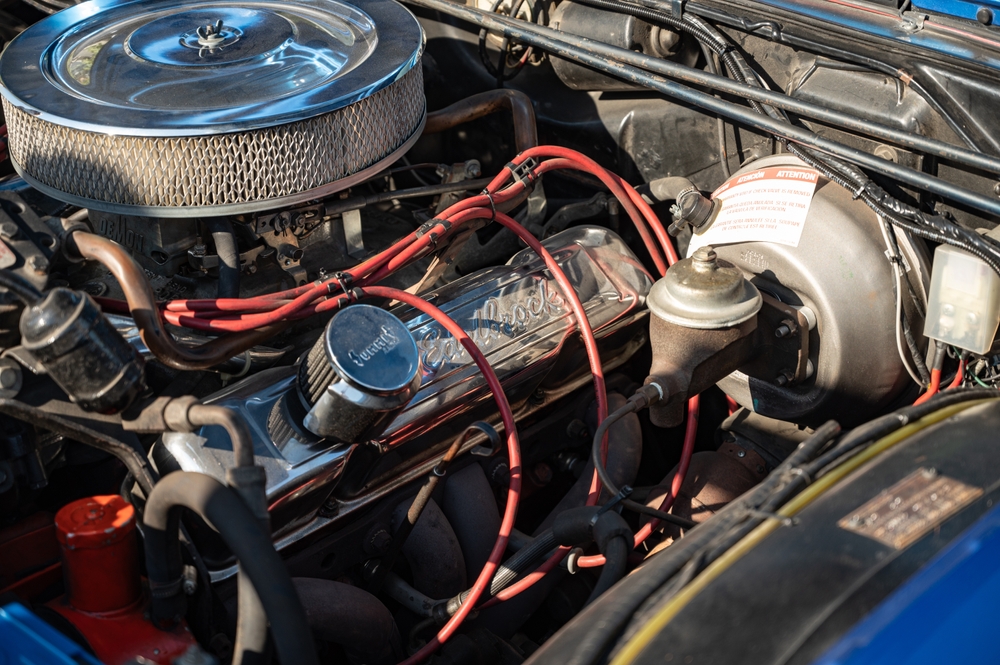
The fuel system is essential for your truck’s efficiency and performance. Dirty fuel injectors or a clogged fuel filter can lead to reduced power and fuel efficiency. Regularly using a fuel system cleaner and replacing the fuel filter as recommended helps keep the engine running smoothly. This preventive maintenance ensures peak performance and can prevent costly repairs.
This article originally appeared in MyCarMakesNoise.
More from MyCarMakesNoise
19 Underrated Vintage Vans with Timeless Appeal

Vintage vans often get overshadowed by more famous models, but there’s a whole world of lesser-known gems that deserve attention. These 19 unrecognized vintage vans, each with their unique charm and enduring design, have stood the test of time and continue to captivate enthusiasts today.
16 Sleeper Cars from the 70s and 80s Worth Revisiting
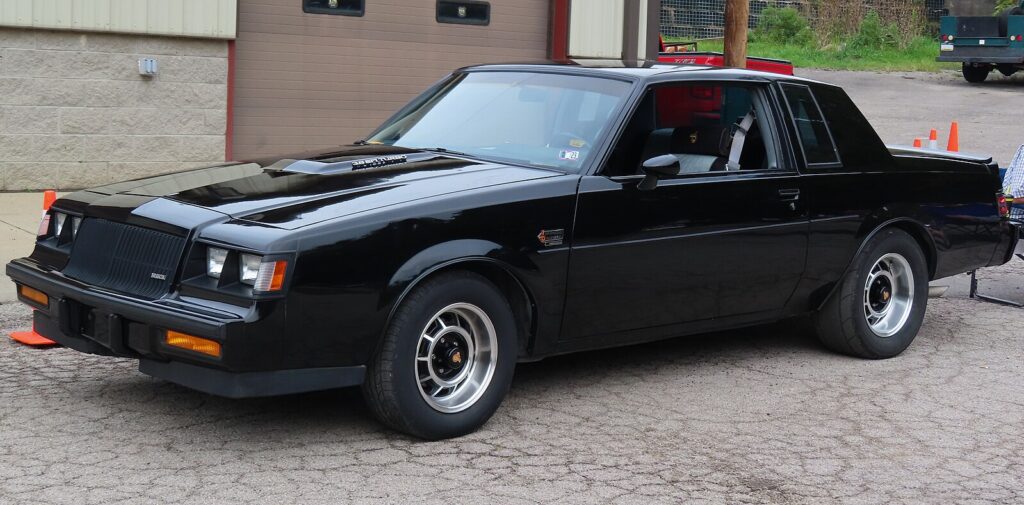
Sleeper cars from the 70s and 80s are a fascinating blend of unassuming looks and surprising performance. These vehicles may not have turned heads at first glance, but under the hood, they packed enough power to rival more obvious sports cars. Read More.
20 Beloved Pickup Trucks That Built America
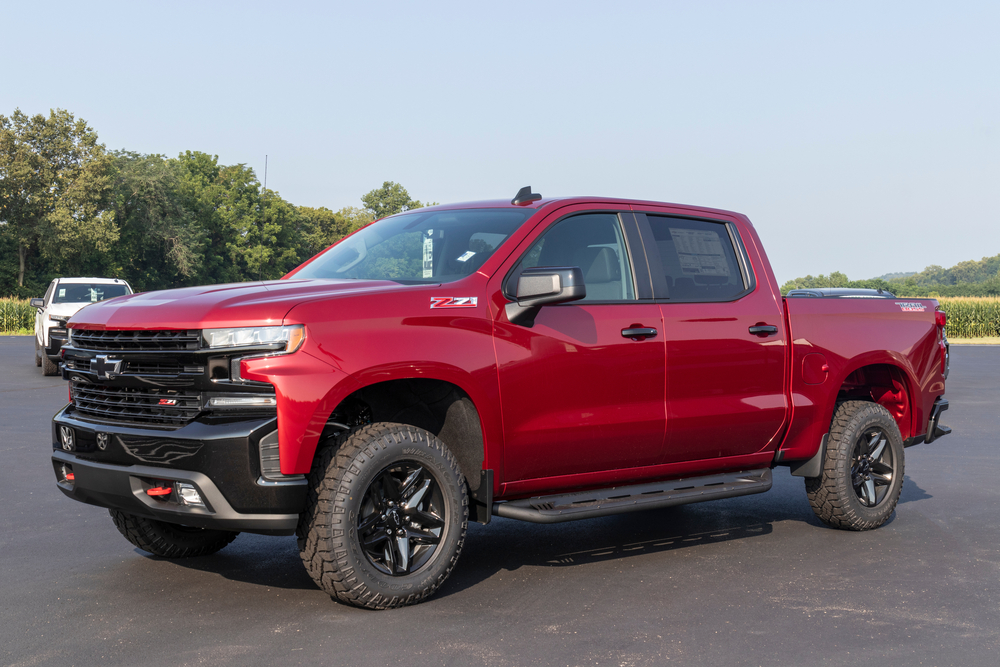
Pickup trucks have been a backbone of American culture, serving as reliable workhorses, symbols of freedom, and trusted companions on countless journeys. From farms and job sites to highways and backroads, these vehicles have helped shape the nation. Read More.














